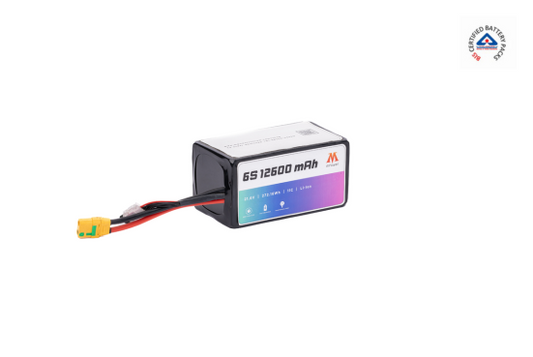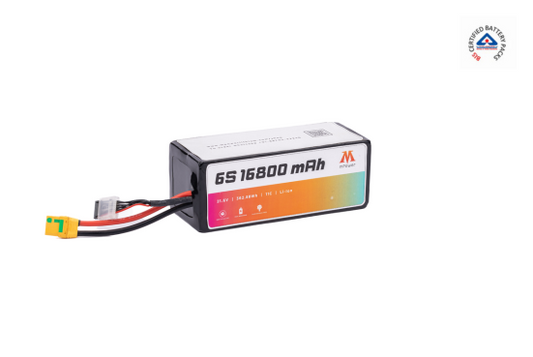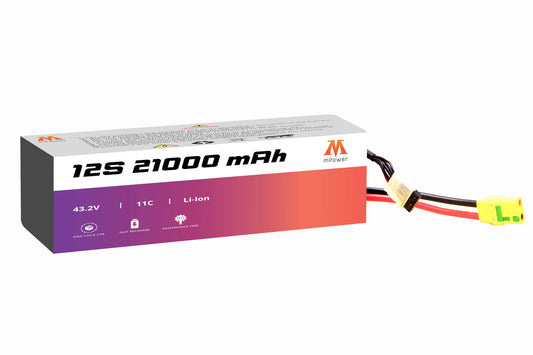
The use of drones has significantly evolved across industries in the past decade. This has ranged from commercial to agricultural and is also used in disaster management. However, there are very few incidents where drones have been used in mass disasters. So, the usage of drones in mass disasters is still unclear, but there is hope.
In India, the government supports the use of drones across industries, and drones are likely to be deployed to reduce the burden and challenge on the government due to disaster management. Recently, drones have been used for search and rescue missions, and various operations can be performed in the future. In this blog, we will delve deeper into the significance and application of drone technology in natural disaster management.
Significance of Drone Technology for Disaster Management
Accurate data collection is essential in disaster management to understand the situation's urgency. For example, India has witnessed several natural disasters, such as the Indian Ocean tsunami in 2004, the Uttarakhand floods in 2013, and the Kerala floods in 2018. These are some of the few incidents that have resulted in massive loss of life and property.
Drone technology helps the government survey a large area in less time. This provides real-time data and high-resolution images, aiding in assessing the current situation. Manual assessment is tougher, and the time taken to assess the situation can lead to more damage.
The drone can identify the live victim, including noise sensing, binary sensing, heat sensing, etc. This improves the capability of drones in disaster management for acquiring aerial images.
Applications Of Drones For Disaster Management
Mapping Disaster Management
The drone is being used for mapping in various industries, and in the context of disaster management, the drone aids in monitoring, mapping, and assessing damage. Disasters such as floods, landslides, hurricanes, tsunamis, etc., have witnessed the usage of drones. When we compare the use of drones with conventional methods, drones are cost-effective and more efficient.
Drones are also useful in assessing erosion and flooding, providing continuous 2D and 3D data with minimal time spent. In addition, drones are also adaptable to various conditions and require fewer resources and less time to revisit the site. The incorporation of drone technology in disaster management allows it to reach hard-to-reach areas.
Moreover, using multi-purpose drones in disaster management helps increase efficiency compared to single-purpose drones. The new-age drone technology leverages deep learning algorithms to produce accurate results.
Search and Rescue
Drones in search and rescue have increased in recent years due to their capability. Various research has been conducted on this in the past few years in various contexts. Drone assisted the search and rescue team in acquiring high-quality images of the area that was difficult to search. This speeds up the search-rescue operation without any need for external efforts.
Recently, in a research project, researchers simulated a rescue situation by incorporating drone techniques for locating the victim in a snow-covered environment. They discovered that drones could locate the victim in a large area in very little time compared to rescuers. The multi-object tracking algorithm, which gathers the data based on color and depth, is incorporated into drone technology. This data serves to be very useful in the detection of victims. In addition, deep learning methods and photographic algorithms that enhanced the accuracy of human detection were incorporated. This is combined with GPS, providing real-time vision to rescue operators.
Transportation
The incorporation of drone technology in transportation has been the biggest interest of researchers, especially in medical and emergency supplies. With the help of drone technology, the government can send emergency supplies to affected and hard-to-reach areas, where helicopters have been used traditionally.
Drone technology is one of the most secure methods of delivering emergency medical supplies from a low altitude or landing the drone on the ground. In addition, drone technology can supply medicines and other supplies, like blood samples. Several studies have taken place on drones in healthcare premises to aid medicine supply within floors. This will reduce delivery time in emergencies along with human error.
Airlifting Victims
In any natural disaster, drones can be used to provide relief to people who are injured or wounded. Moreover, this drone requires more power to carry humans but can save lives during disasters and is in the development phase. Quadcopters, hexacopters, and fixed-wing drones are a few examples of futuristic drones technology which can be able to airlift victims, including pregnant women, infants, children, and senior citizens in the future.
The Bottom Line!
Drones play a vital role in improving the work efficiency of rescue teams in natural disasters. They can easily reach hard-to-reach areas and help to understand the situation more easily. However, these drones require more power and customized batteries.
That’s where mPower comes in with an efficient surveillance drone battery. The survey drone battery allows the rescue team to rescue for a long duration. Drone manufacturers can buy a UAV surveillance battery from us without compromising drone size.












